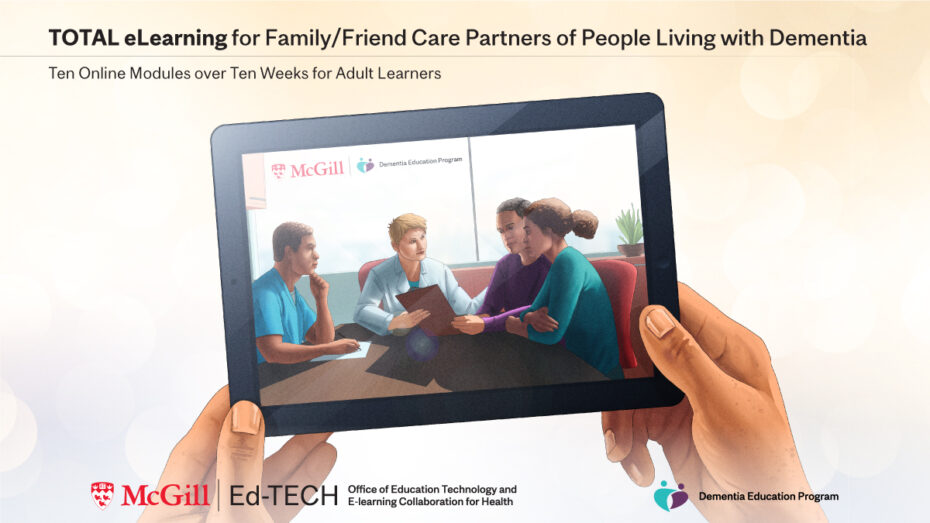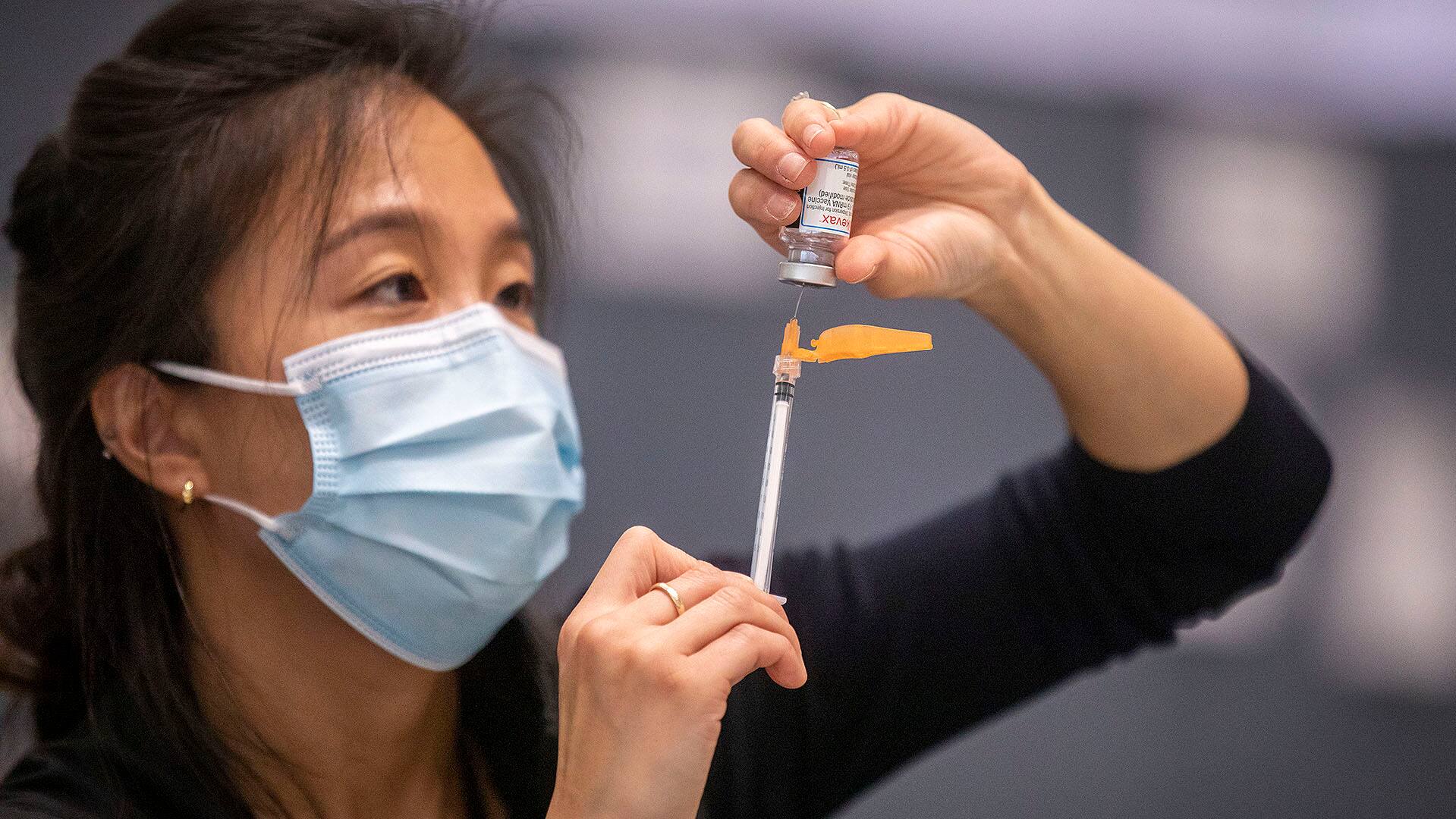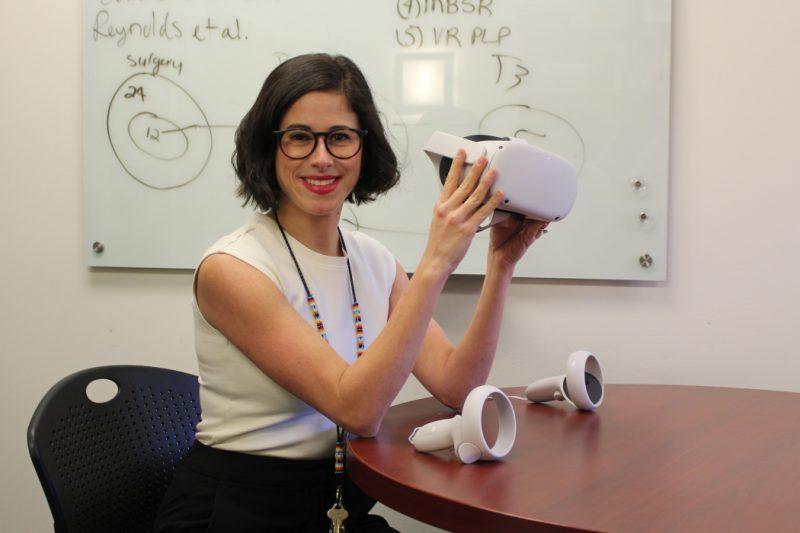More than a year after a bout with COVID-19, Rebekah Hogan still suffers from severe brain fog, pain and fatigue that leave her unable to do her nursing job or handle household activities.
Long COVID has her questioning her worth as a wife and mother.
“Is this permanent? Is this the new norm?” said the 41-year-old Latham, New York, woman, whose three children and husband also have signs of the condition. “I want my life back.”
More than a third of COVID-19 survivors by some estimates will develop such lingering problems. Now, with omicron sweeping across the globe, scientists are racing to pinpoint the cause of the bedeviling condition and find treatments before a potential explosion in long COVID cases.
Could it be an autoimmune disorder? That could help explain why long COVID-19 disproportionately affects women, who are more likely than men to develop autoimmune diseases. Could microclots be the cause of symptoms ranging from memory lapses to discolored toes? That could make sense, since abnormal blood clotting can occur in COVID-19.
As these theories and others are tested, there is fresh evidence that vaccination may reduce the chances of developing long COVID.
It's too soon to know whether people infected with the highly contagious omicron variant will develop the mysterious constellation of symptoms, usually diagnosed many weeks after the initial illness. But some experts think a wave of long COVID is likely and say doctors need to be prepared for it.
With $1 billion from Congress, the National Institutes of Health is funding a vast array of research on the condition. And clinics devoted to studying and treating it are popping up around the world, affiliated with places such as Stanford University in California and University College London.
WHY DOES IT HAPPEN?
Momentum is building around a few key theories.
One is that the infection or remnants of the virus persist past the initial illness, triggering inflammation that leads to long COVID.
Another is that latent viruses in the body, such as the Epstein-Barr virus that causes mononucleosis, are reactivated. A recent study in the journal Cell pointed to Epstein-Barr in the blood as one of four possible risk factors, which also include pre-existing Type 2 diabetes and the levels of coronavirus RNA and certain antibodies in the blood. Those findings must be confirmed with more research.
A third theory is that autoimmune responses develop after acute COVID-19.
In a normal immune response, viral infections activate antibodies that fight invading virus proteins. But sometimes in the aftermath, antibodies remain revved up and mistakenly attack normal cells. That phenomenon is thought to play a role in autoimmune diseases such as lupus and multiple sclerosis.
Justyna Fert-Bober and Dr. Susan Cheng were among researchers at Cedars-Sinai Medical Center in Los Angeles who found that some people who have had COVID-19, including cases without symptoms, have a variety of these elevated “autoantibodies” up to six months after recovering. Some are the same ones found in people with autoimmune diseases.
Another possibility is that tiny clots play a role in long COVID. Many COVID-19 patients develop elevated levels of inflammatory molecules that promote abnormal clotting. That can lead to blood clots throughout the body that can cause strokes, heart attacks and dangerous blockages in the legs and arms.
In her lab at Stellenbosch University in South Africa, scientist Resia Pretorius has found microclots in blood samples from patients with COVID-19 and in those who later developed long COVID. She also found elevated levels of proteins in blood plasma that prevented the normal breakdown of these clots.
She believes that these clotting abnormalities persist in many patients after an initial coronavirus infection and that they reduce oxygen distribution to cells and tissue throughout the body, leading to most if not all symptoms that have been linked to long COVID.
IT CAN HIT NEARLY ANYONE
While there's no firm list of symptoms that define the condition, the most common include fatigue, problems with memory and thinking, loss of taste and smell, shortness of breath, insomnia, anxiety and depression.
Some of these symptoms may first appear during an initial infection but linger or recur a month or more later. Or new ones may develop, lasting for weeks, months or over a year.
Because so many of the symptoms occur with other illnesses, some scientists question whether the coronavirus is always the trigger. Researchers hope their work will provide definitive answers.
Long COVID affects adults of all ages as well as children. Research shows it is more prevalent among those who were hospitalized, but also strikes a significant portion who weren't.
Retired flight attendant Jacki Graham's bout with COVID-19 at the beginning of the pandemic wasn't bad enough to put her in the hospital. But months later, she experienced breathlessness and a racing heart. She couldn't taste or smell. Her blood pressure shot up.
In the fall of 2020, she became so fatigued that her morning yoga would send her back to bed.
“I'm an early riser, so I'd get up and push myself, but then I was done for the day,” said Graham, 64, of Studio City, California. “Six months ago, I would have told you COVID has ruined my life.”
Hogan, the New York nurse, also wasn't hospitalized with COVID-19 but has been debilitated since her diagnosis. Her husband, a disabled veteran, and children ages 9, 13 and 15 fell ill soon after and were sick with fever, stomach pains and weakness for about a month. Then all seemed to get a little better until new symptoms appeared.
Hogan's doctors think autoimmune abnormalities and a pre-existing connective tissue disorder that causes joint pain may have made her prone to developing the condition.
POTENTIAL ANSWERS
There are no treatments specifically approved for long COVID, though some patients get relief from painkillers, drugs used for other conditions, and physical therapy. But more help may be on the horizon.
Immunobiologist Akiko Iwasaki is studying the tantalizing possibility that COVID-19 vaccination might reduce long COVID symptoms. Her team at Yale University is collaborating with a patient group called Survivor Corps on a study that involves vaccinating previously unvaccinated long COVID patients as a possible treatment.
Iwasaki, who is also an investigator with the Howard Hughes Medical Institute, which supports The Associated Press' Health and Science Department, said she is doing this study because patient groups have reported improvement in some people's long COVID symptoms after they got their shots.
Study participant Nancy Rose, 67, of Port Jefferson, New York, said many of her symptoms waned after she got vaccinated, though she still has bouts of fatigue and memory loss.
Two recently released studies, one from the U.S. and one from Israel, offer preliminary evidence that being vaccinated before getting COVID-19 could help prevent the lingering illness or at least reduce its severity. Both were done before omicron emerged.
Neither has been published in a peer-reviewed journal, but outside experts say the results are encouraging.
In the Israeli study, about two-thirds of participants received one or two Pfizer shots; the others were unvaccinated. Those who had received two shots were at least half as likely to report fatigue, headache, muscle weakness or pain and other common long COVID symptoms as the unvaccinated group.
UNCERTAIN FUTURE
With few clear answers yet, the future is murky for patients.
Many, like Graham, see improvement over time. She sought help through a long COVID program at Cedars-Sinai, enrolled in a study there in April 2021, and was vaccinated and boosted.
Today, she said, her blood pressure is normal, and her sense of smell and energy level are getting closer to pre-COVID levels. Still, she wound up retiring early because of her ordeal.
Hogan still struggles with symptoms that include agonizing nerve pain and “spaghetti legs,” or limbs that suddenly become limp and unable to bear weight, a condition that also affects her 13-year-old son.
Some scientists worry that long COVID in certain patients might become a form of chronic fatigue syndrome, a poorly understood, long-lasting condition that has no cure or approved treatment.
One thing's for sure, some experts say: Long COVID will have a huge effect on individuals, health care systems and economies around the world, costing many billions of dollars.
Even with insurance, patients can be out thousands of dollars at a time when they're too sick to work. Graham, for example, said she paid about $6,000 out of pocket for things like scans, labs, doctor visits and chiropractic care.
Pretorius, the scientist in South Africa, said there is real worry things could get worse.
“So many people are losing their livelihoods, their homes. They can't work anymore,” she said. “Long COVID will probably have a more severe impact on our economy than acute COVID.”
'Is this permanent?' long-haul COVID sufferers lack answers - CP24 Toronto's Breaking News
















